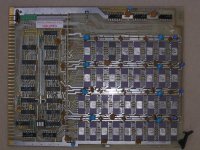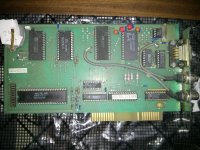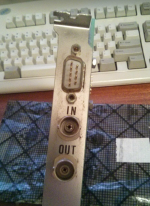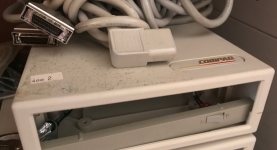famicomaster2
Experienced Member
Wow! That is some beautiful rope memory right there. Looks hand wired, even. Being hamfest, having audio jacks and an internal speaker, this very much appears to be a transmitter to me. There's a chance that it even receives and auto-decodes, my guess is morse or baudot, which are common in the amateur radio world. I've got a couple devices like this in my collection, very similar almost handmade seemingly industrial design.







